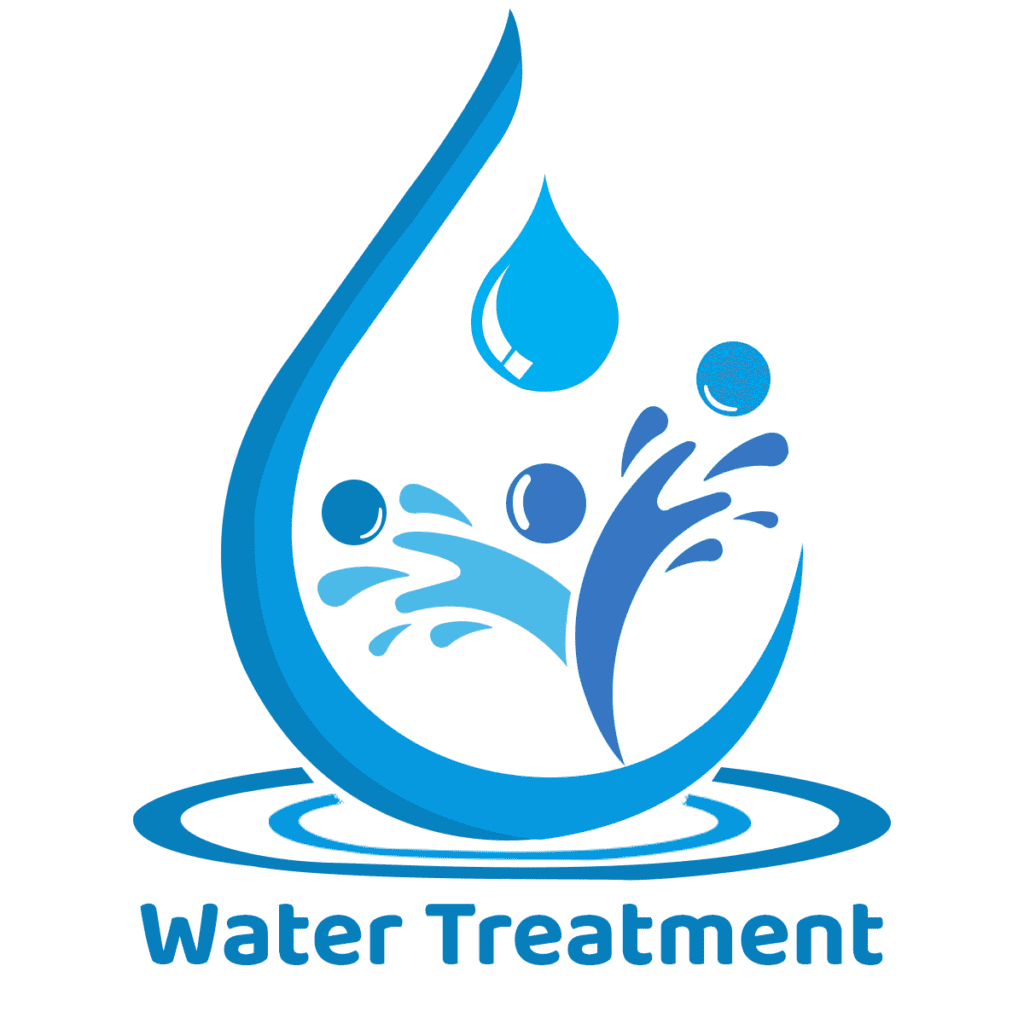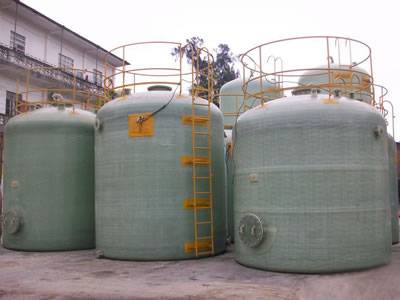
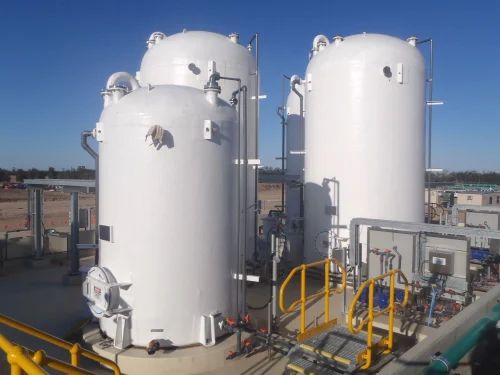
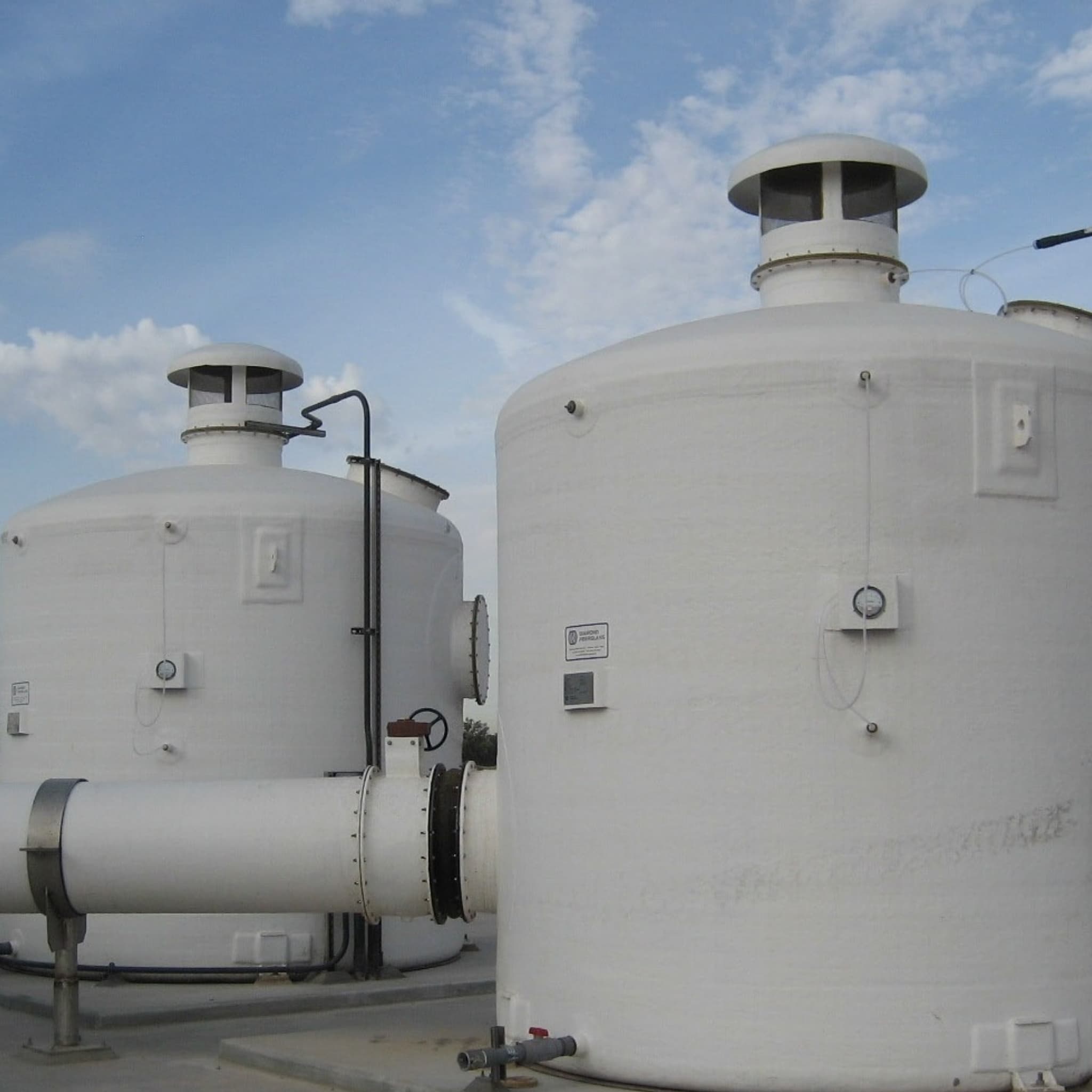
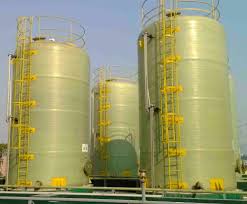

Bakery Water Treatment Plant
Capacity:
- Determined by the bakery’s water usage (e.g., liters per hour or day).
- Typical capacities range from small-scale systems (e.g., 500 L/h) to larger industrial systems (e.g., 10,000 L/h or more).
Water Quality Standards:
- Compliance with WHO or local food-grade water quality standards.
- Key parameters to monitor:
- Hardness (to prevent scaling in boilers and equipment).
- Chlorine levels (to avoid impacting dough flavor).
- Microbial contaminants (ensuring food safety).
Treatment Processes:
- Filtration: Removes sediments, particulates, and larger impurities.
- Sand filters or multi-media filters.
- Softening: Reduces water hardness using ion-exchange systems.
- Reverse Osmosis (RO): Removes dissolved salts and impurities for pure water.
- Disinfection: UV or chlorination to eliminate microorganisms.
- Dechlorination: Activated carbon filters or other methods to remove residual chlorine.
- Filtration: Removes sediments, particulates, and larger impurities.
Materials:
- Use of food-grade materials (e.g., stainless steel, PVC) to avoid contamination.
